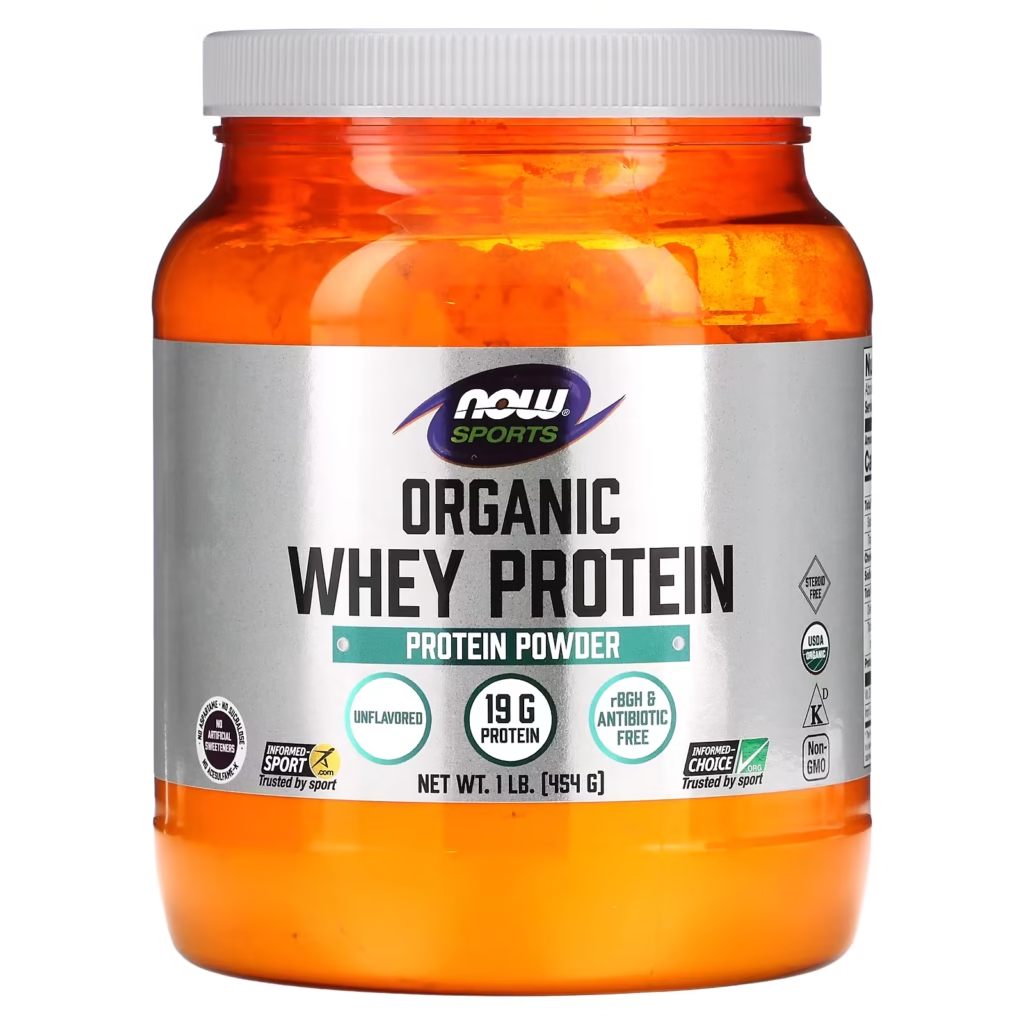The ultimate guide to organic whey protein. In the ever-evolving world of fitness and nutrition, organic whey protein stands out as a powerhouse supplement that’s gaining massive traction. As we dive into 2025, the organic whey protein market is booming, valued at an impressive $652 million and projected to grow at a compound annual growth rate (CAGR) of 7.7% through 2032. Whether you’re a gym enthusiast, athlete, or someone looking to boost daily protein intake, understanding organic whey protein can transform your health routine. This comprehensive guide explores what it is, its benefits, and the cutting-edge trends shaping its future in 2025.
What is Organic Whey Protein?
Organic whey protein is derived from the liquid byproduct of cheese production from organically farmed milk. Unlike conventional whey, it’s sourced from cows raised without synthetic pesticides, hormones, or antibiotics, adhering to strict USDA organic standards. This ensures a cleaner, more natural product free from harmful chemicals.
In essence, whey protein comes in forms like concentrate, isolate, and hydrolysate. Organic versions emphasize sustainability and purity, often from grass-fed cows, which can enhance the nutritional profile with higher levels of omega-3 fatty acids and antioxidants. As consumer demand for clean-label products rises, organic whey has become a go-to for those prioritizing ethical sourcing and environmental impact.
Read more about whey supplements

Key Benefits of Organic Whey Protein
Organic whey protein isn’t just a trend—it’s backed by science for its health advantages. Here are some standout benefits:
- Muscle Building and Recovery: Packed with essential amino acids like leucine, organic whey promotes muscle protein synthesis, aiding faster recovery post-workout. Studies show it can enhance muscle growth by up to 20% when combined with resistance training.
- Weight Management: High in protein, it helps curb hunger and boost metabolism. Incorporating organic whey into meals can support fat loss while preserving lean muscle, making it ideal for weight loss goals.
- Immune Support and Gut Health: Rich in immunoglobulins and lactoferrin, it strengthens the immune system. Plus, its prebiotic properties foster beneficial gut bacteria, improving digestion and overall wellness.
- Antioxidant Boost: Organic sourcing often means higher conjugated linoleic acid (CLA) content, which combats inflammation and supports heart health.
Compared to non-organic whey, the organic variant avoids residues from conventional farming, potentially reducing exposure to toxins and offering a more nutrient-dense option.
Emerging Trends and New Ideas in Organic Whey Protein for 2025
2025 is ushering in exciting innovations in the organic whey protein space, driven by health-conscious consumers and technological advancements. The global whey protein market is expected to reach $26.04 billion by 2034, with organic segments leading the charge. Here’s a look at the fresh ideas reshaping this industry:
1. Protein Fortification in Everyday Foods
One of the hottest trends is integrating organic whey protein into functional foods and beverages beyond shakes. Think protein-enriched yogurts, bars, and even baked goods. The Vitamin Shoppe’s 2025 Health & Wellness Trend Report highlights “protein in everything” as a key focus, encouraging consumers to hit 1-1.6 grams per kg of body weight daily across all meals. This “protein at every meal” approach is revolutionizing diets, making it easier to maintain muscle mass without relying solely on supplements.
2. Sustainable and Regenerative Sourcing
Sustainability is non-negotiable in 2025. Brands are adopting regenerative agriculture practices for organic dairy farms, which improve soil health, sequester carbon, and enhance biodiversity. This not only boosts the environmental credentials of organic whey but also results in higher-quality protein with elevated nutrient levels. Glanbia’s megatrends report emphasizes “sustainable ingredients” as a core driver, with consumers willing to pay a premium for eco-friendly options.
3. Personalized and AI-Driven Formulations
Innovation meets technology with AI-personalized organic whey protein. Apps and wearables now analyze your fitness data, genetics, and goals to recommend custom blends—perhaps infused with adaptogens like ashwagandha for stress relief or collagen for joint health. This trend aligns with “personalized wellness,” where supplements are tailored for optimal results, reducing waste and enhancing efficacy.
Check also: weight loss supplements – which one to buy first
4. Novel Delivery Formats and Flavors
Gone are the days of bland powders. 2025 brings innovative formats like ready-to-drink (RTD) organic whey shakes, gummies, and effervescent tablets for on-the-go convenience. Flavor collaborations are exploding, with exotic options like matcha-mint or berry-basil, making protein intake enjoyable. Additionally, bioactives integration—adding ingredients for energy or women’s health—caters to niche needs.
5. Hydration-Enhanced Protein Blends
A novel idea gaining steam is combining organic whey with electrolytes and hydration boosters. Perfect for athletes, these blends support muscle recovery while preventing dehydration, tapping into the “hydration innovation” trend. Expect to see more products targeting summer workouts or endurance sports.
These trends reflect a shift toward holistic wellness, where organic whey protein isn’t just a supplement—it’s a lifestyle enhancer.
How to Choose the Best Organic Whey Protein in 2025
With so many options, selecting the right one is crucial. Look for:
- Certifications: USDA Organic, Non-GMO, and third-party tested for purity.
- Source: Grass-fed and hormone-free for superior quality.
- Form: Isolate for low carbs/lactose, concentrate for affordability.
- Additives: Avoid artificial sweeteners; opt for natural flavors.
- Reviews and Brands: Top picks include those emphasizing sustainability, like from Glanbia or NZMP-inspired lines.
Always consult a healthcare professional before starting any supplement.
Conclusion: Embrace Organic Whey Protein for a Healthier 2025
Organic whey protein is more than a fitness staple—it’s evolving into a versatile, sustainable powerhouse in 2025. With benefits spanning muscle recovery to immune support, and innovations like personalized blends and eco-friendly sourcing, it’s poised to dominate the nutraceutical scene. Whether you’re bulking up or simply boosting daily nutrition, incorporating organic whey can elevate your health game. Stay ahead of the curve by exploring these trends and choosing products that align with your values.


1 Comment
[…] See also: organic whey protein effects […]